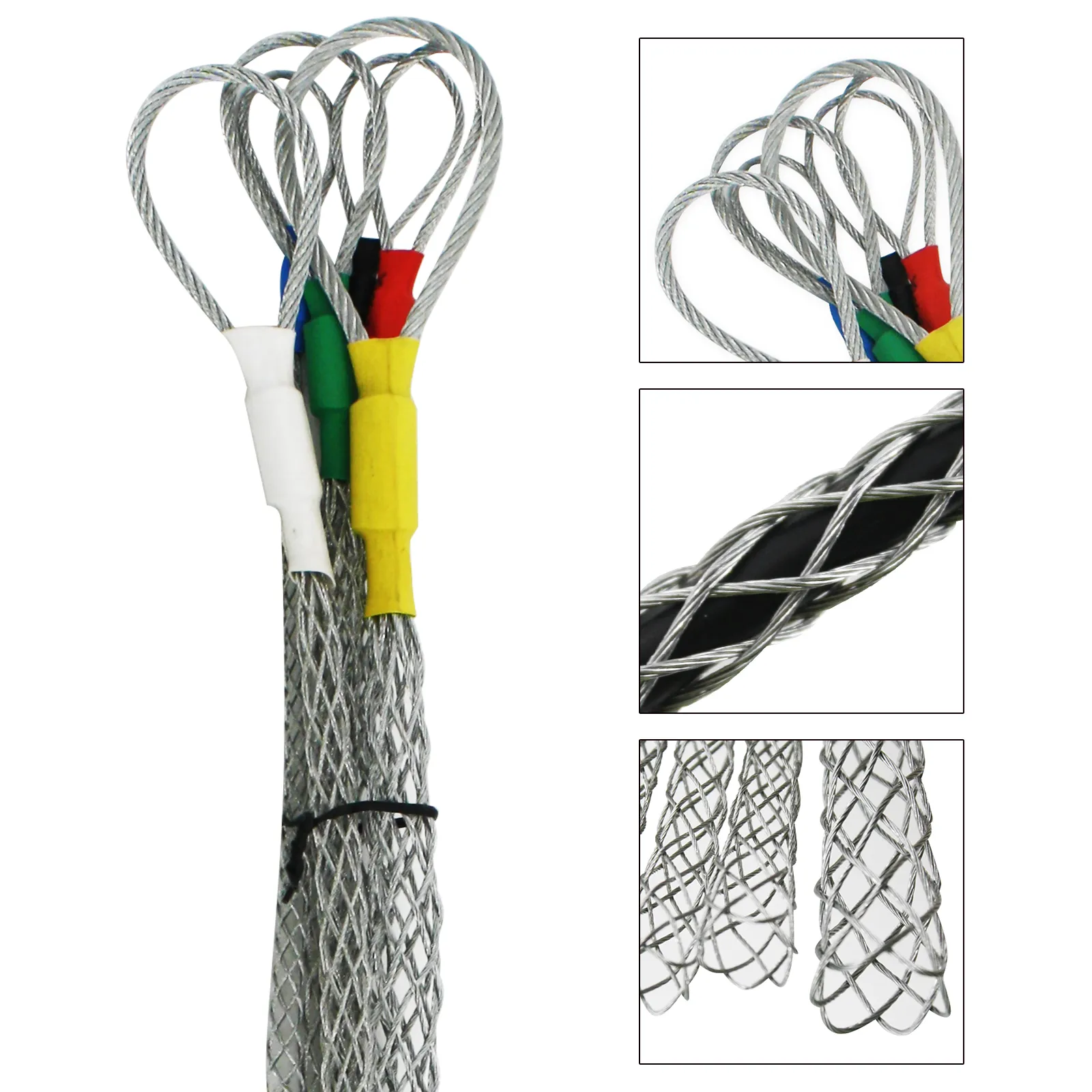
-
 Afrikaans
Afrikaans -
 Albanian
Albanian -
 Amharic
Amharic -
 Arabic
Arabic -
 Armenian
Armenian -
 Azerbaijani
Azerbaijani -
 Basque
Basque -
 Belarusian
Belarusian -
 Bengali
Bengali -
 Bosnian
Bosnian -
 Bulgarian
Bulgarian -
 Catalan
Catalan -
 Cebuano
Cebuano -
 Corsican
Corsican -
 Croatian
Croatian -
 Czech
Czech -
 Danish
Danish -
 Dutch
Dutch -
 English
English -
 Esperanto
Esperanto -
 Estonian
Estonian -
 Finnish
Finnish -
 French
French -
 Frisian
Frisian -
 Galician
Galician -
 Georgian
Georgian -
 German
German -
 Greek
Greek -
 Gujarati
Gujarati -
 Haitian Creole
Haitian Creole -
 hausa
hausa -
 hawaiian
hawaiian -
 Hebrew
Hebrew -
 Hindi
Hindi -
 Miao
Miao -
 Hungarian
Hungarian -
 Icelandic
Icelandic -
 igbo
igbo -
 Indonesian
Indonesian -
 irish
irish -
 Italian
Italian -
 Japanese
Japanese -
 Javanese
Javanese -
 Kannada
Kannada -
 kazakh
kazakh -
 Khmer
Khmer -
 Rwandese
Rwandese -
 Korean
Korean -
 Kurdish
Kurdish -
 Kyrgyz
Kyrgyz -
 Lao
Lao -
 Latin
Latin -
 Latvian
Latvian -
 Lithuanian
Lithuanian -
 Luxembourgish
Luxembourgish -
 Macedonian
Macedonian -
 Malgashi
Malgashi -
 Malay
Malay -
 Malayalam
Malayalam -
 Maltese
Maltese -
 Maori
Maori -
 Marathi
Marathi -
 Mongolian
Mongolian -
 Myanmar
Myanmar -
 Nepali
Nepali -
 Norwegian
Norwegian -
 Norwegian
Norwegian -
 Occitan
Occitan -
 Pashto
Pashto -
 Persian
Persian -
 Polish
Polish -
 Portuguese
Portuguese -
 Punjabi
Punjabi -
 Romanian
Romanian -
 Russian
Russian -
 Samoan
Samoan -
 Scottish Gaelic
Scottish Gaelic -
 Serbian
Serbian -
 Sesotho
Sesotho -
 Shona
Shona -
 Sindhi
Sindhi -
 Sinhala
Sinhala -
 Slovak
Slovak -
 Slovenian
Slovenian -
 Somali
Somali -
 Spanish
Spanish -
 Sundanese
Sundanese -
 Swahili
Swahili -
 Swedish
Swedish -
 Tagalog
Tagalog -
 Tajik
Tajik -
 Tamil
Tamil -
 Tatar
Tatar -
 Telugu
Telugu -
 Thai
Thai -
 Turkish
Turkish -
 Turkmen
Turkmen -
 Ukrainian
Ukrainian -
 Urdu
Urdu -
 Uighur
Uighur -
 Uzbek
Uzbek -
 Vietnamese
Vietnamese -
 Welsh
Welsh -
 Bantu
Bantu -
 Yiddish
Yiddish -
 Yoruba
Yoruba -
 Zulu
Zulu


Dec . 13, 2024 01:30 Back to list
ratchet hoist
The Ratchet Hoist An Essential Tool for Heavy Lifting
In the realm of industrial and construction equipment, the ratchet hoist stands out as a crucial tool for heavy lifting and material handling. This mechanical device, known for its efficiency and reliability, has become indispensable in various sectors, including construction, mining, and manufacturing. Understanding how a ratchet hoist operates, its advantages, and its applications can highlight its importance in modern industry.
What is a Ratchet Hoist?
A ratchet hoist, also known as a lever hoist or hand chain hoist, is a lifting device that uses a ratchet mechanism to lift heavy loads vertically. Comprised of a strong metal housing, a ratchet wheel, a hoisting chain, and a hook for attachment, its design allows operators to lift substantial weights with minimal effort. When the handle is pumped, the ratchet wheel engages, pulling the chain upward and consequently raising the load attached to the hook. The tool’s simplicity is one of its most appealing features, as it does not require electric power, making it usable in remote locations where electricity is unavailable.
Advantages of Using a Ratchet Hoist
One of the main advantages of a ratchet hoist is its mechanical advantage
. With the application of minimal force, a user can lift loads that are significantly heavier than themselves. This makes the hoist an efficient solution for tasks that require heavy lifting, as it reduces the physical strain on the operator.Moreover, ratchet hoists are designed for safety. They often come with built-in safety features such as load brakes, which prevent accidental lowering of the load and ensure that it remains securely lifted. Additionally, the robust construction of these hoists provides durability, allowing them to handle heavy weights without bending or breaking.
ratchet hoist

Portability is another notable benefit. Ratchet hoists are lightweight and compact, allowing them to be easily transported from one job site to another. This makes them an excellent choice for contractors who need to move their equipment frequently.
Applications of Ratchet Hoists
The versatility of ratchet hoists makes them suitable for a wide range of applications. In construction settings, they are commonly used to lift and place steel beams, trusses, and other heavy materials. Their ability to function in tight spaces and adverse weather conditions further enhances their utility on construction sites.
In the manufacturing industry, ratchet hoists are often employed in assembly lines and warehouses. Workers use these hoists to lift machinery parts, load goods into trucks, and perform other tasks that require heavy lifting. The efficiency provided by ratchet hoists can significantly speed up production times while reducing the risk of workplace injuries associated with manual lifting.
Additionally, ratchet hoists find applications in the entertainment industry, particularly in stage production and rigging. They help elevate lighting equipment, scenery, and sound systems, allowing for seamless performances and static installations.
Conclusion
In summary, the ratchet hoist is a vital tool for various industries, providing an efficient, safe, and portable solution for heavy lifting tasks. Its mechanical design enables operators to exert significantly less effort while handling heavy loads, making it an essential asset in construction, manufacturing, and beyond. As technology continues to evolve, the fundamental principles of the ratchet hoist remain relevant, affirming its status as a timeless tool in the world of machinery and equipment. Whether in a bustling construction site or a quiet workshop, the ratchet hoist proves to be a reliable partner in lifting challenges.
Latest news
What Are Construction Tools and How Are They Used?
NewsJul.11,2025
Professional-Grade Duct Rodding Tools for Superior Cable Installation
NewsJul.11,2025
Enhancing Safety and Efficiency with Modern Hot Stick Solutions
NewsJul.11,2025
Empowering Cable Installation with Advanced Rodder Solutions
NewsJul.11,2025
Elevate Your Cable Installation Projects with Cable Pulling Tools
NewsJul.11,2025
Efficient Cable Handling Solutions: Cable Rollers for Sale
NewsJul.11,2025











